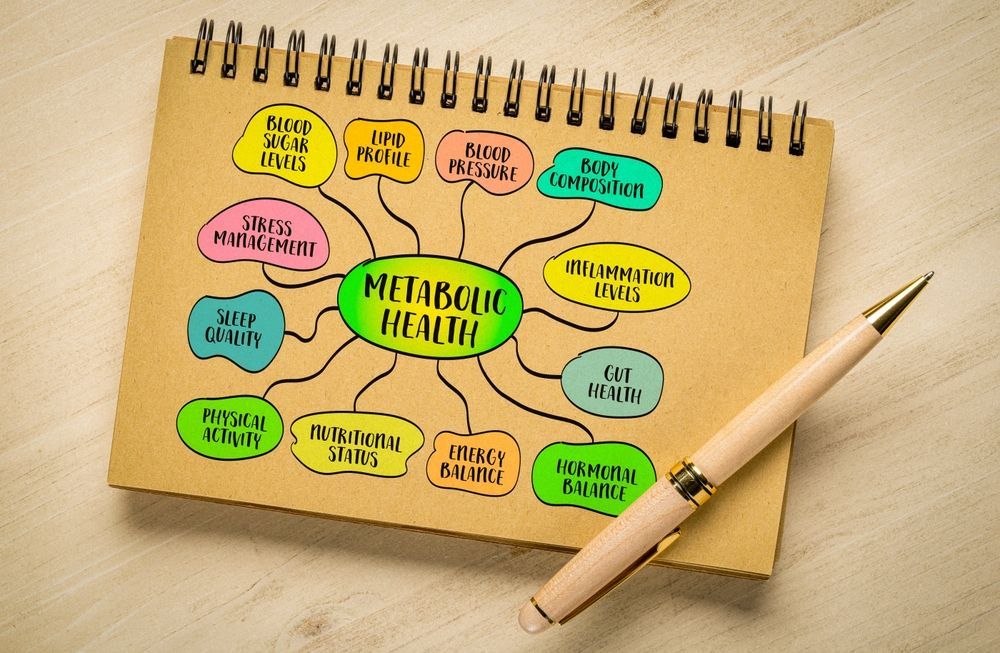IV Therapy for Jet Lag: A Traveler’s Best Friend

IV Therapy for Jet Lag: A Traveler’s Best Friend
Jet lag can put a damper on the excitement of a new destination. Picture this: you’ve just touched down in Paris after a long flight, but instead of exploring the Eiffel Tower, you’re battling fatigue, headaches, and a sense of disorientation. Fortunately, IV therapy has emerged as a popular remedy for travelers seeking quick recovery and revitalization. This article delves into jet lag, the concept of IV therapy, its effects on jet lag, and the potential benefits and risks involved.
Understanding Jet Lag: Causes and Symptoms
Jet lag occurs when your body struggles to adjust to a new time zone, disrupting your natural circadian rhythm. Factors such as sleep deprivation, travel fatigue, and crossing multiple time zones contribute to this challenging condition.
The Science Behind Jet Lag
Jet lag is primarily caused by the misalignment between your internal clock and external environment. When you fly across several time zones, your body’s biological clock, which regulates sleep-wake cycles, remains synced to your original time zone. This misalignment can lead to various physiological responses as your body attempts to adapt.
Circadian rhythms are influenced by light exposure, sleep patterns, and hormonal changes. A shift in these factors from traveling can confuse your body, resulting in a phase delay or advance in your circadian rhythms. Understanding this science can help highlight why certain remedies, like IV therapy, help in recovering from this condition faster.
Common Symptoms of Jet Lag
Jet lag manifests through various symptoms that can significantly affect your travel experience. Common symptoms include:
- Fatigue
- Difficulty concentrating
- Insomnia or disrupted sleep
- Headaches
- Digestive issues
- Irritability and mood swings
By recognizing these symptoms, it becomes easier to address them promptly, allowing for a quicker return to normalcy so you can enjoy your travels.
The Concept of IV Therapy
IV therapy, or intravenous therapy, involves delivering fluids, medications, or nutrients directly into the bloodstream. This method bypasses the digestive system, allowing for rapid absorption and immediate effects, which is especially advantageous for travelers dealing with jet lag.
What is IV Therapy?
IV therapy typically involves the insertion of a catheter into a vein, usually located in the arm or hand. A mixture tailored to individual needs—often containing hydration fluids, vitamins, and electrolytes—is administered through an IV bag. This method is particularly beneficial for those who may struggle to maintain adequate hydration and nutrient levels while traveling.
The History of IV Therapy
IV therapy has a rich history dating back to the early 20th century, initially used in hospitals for hydration and medications. Over the years, the approach has evolved, now being utilized for various treatments, including nutrition supplementation and recovery methods such as replenishing lost fluids or combating fatigue.
With the rise of wellness trends, IV therapy has gained traction outside of clinical settings, becoming a popular choice among travelers and health enthusiasts. This evolution marks a shift in how we perceive hydration, recovery, and health management in our fast-paced lives.
How IV Therapy Works Against Jet Lag
Utilizing IV therapy can significantly mitigate the effects of jet lag and accelerate the recovery process. The method directly addresses two critical components: hydration and nutrient replenishment.
The Role of Hydration in Jet Lag Recovery
One of the most challenging aspects of international travel is maintaining hydration, especially in the dry cabin air of airplanes. Dehydration can exacerbate the symptoms of jet lag and contribute to fatigue and headaches.
IV therapy provides an excellent solution, ensuring that your body receives the necessary fluids quickly and efficiently. Proper hydration helps you regain energy levels, improve cognitive function, and promote overall well-being, which is crucial in overcoming jet lag.
Nutrients and Vitamins in IV Therapy
Vitamin deficiencies can aggravate the fatigue and discomfort associated with jet lag. IV therapy often includes essential nutrients like vitamin C, B vitamins, and magnesium, all known for their roles in energy production, immune support, and alleviating stress.
These nutrients help enhance your body's resilience against the challenges of travel, facilitating a smoother transition into your new environment and reducing the lingering effects of time zone changes.
Benefits of Using IV Therapy for Jet Lag
Travelers are increasingly turning to IV therapy for its numerous benefits in alleviating jet lag symptoms. By opting for this treatment, you unlock several advantages tailored to your travel needs.
Immediate Relief from Symptoms
The most significant benefit of IV therapy is its ability to provide immediate relief. Unlike oral supplements or drinks that may take time to absorb, IV therapy delivers hydration and nutrients directly into the bloodstream, allowing for quicker symptom relief.
Travelers often report feeling rejuvenated shortly after treatment, making it an excellent option for those with packed itineraries who cannot afford to spend days recovering from jet lag.
Boosting Your Immune System While Traveling
Frequent traveling can weaken your immune system, exposing you to various illnesses. The combination of hydration, vitamins, and minerals these therapies provide can help boost your immune function, giving your body the support it needs while navigating different environments.
This proactive approach ensures that you minimize your chances of falling ill, allowing you to fully enjoy your travels without interruption.
Safety and Side Effects of IV Therapy
While IV therapy is generally considered safe, it’s crucial to be informed about the potential risks involved. Understanding these factors can help you make an educated decision about whether IV therapy is the right choice for you during your travels.
Understanding the Risks
Potential risks associated with IV therapy include infection at the injection site, allergic reactions to any materials used in the IV, and the possibility of vein irritation. Although these risks are relatively rare, they should be considered before undergoing treatment.
It’s essential to consult a qualified healthcare provider before proceeding with IV therapy, especially if you have pre-existing health conditions or concerns.
Precautions to Take
When considering IV therapy, ensure that you seek treatment from a reputable and licensed facility. Look for professionals with proper certifications and experience in administering IV therapies.
Taking the necessary precautions can help minimize risks and ensure a safe, positive experience. Always discuss your health history, any medications you're taking, and your goals with the practitioner to tailor the treatment to your needs.
In summary, IV therapy serves as a valuable ally for travelers battling jet lag. By addressing hydration and nutrient deficiency, it offers a pathway to recovery, so you can step off the plane and embrace your adventures, free from the burdens of fatigue and disorientation.










